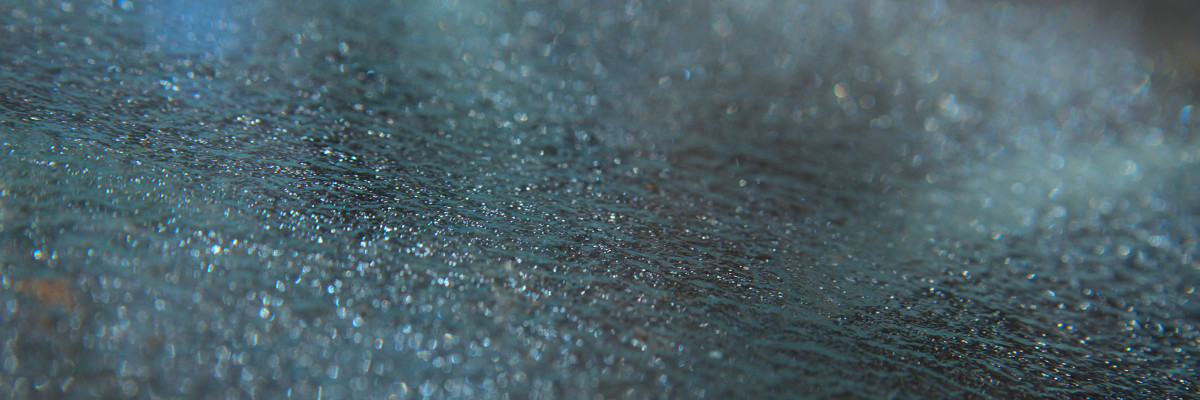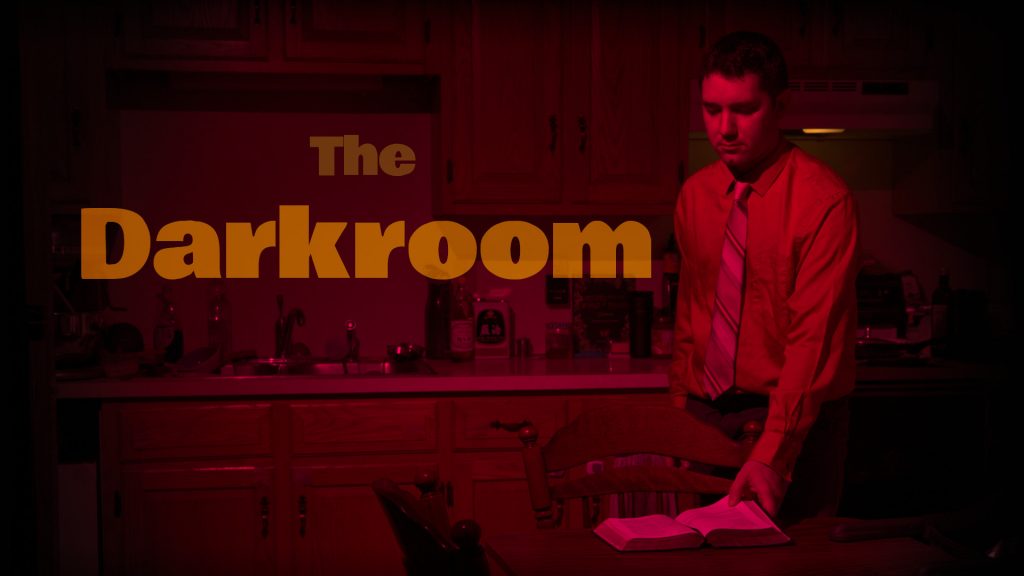
Communicating with Light
Light is my paint, the world is my canvas. It’s a phrase that for me, captures the essence of photography in some pretty interesting ways. Photographers know that light is not static, but fluid. We often use phrases like: “splash some light over there”, or “oops, I spilled light all over the place”. Like a painter with paint, a photographer understands that to make a good image, light needs to be controlled.
The second part of my photography-defining phrase, “the world is my canvas”, sort of has a double meaning. In one sense, it means that I can use the whole world as a place to make my images. In another sense, it captures the second, and more important half of all of photography: communication. “The world” in this sense, is all the people of the world, and my canvas in this sense, is the great open opportunity to tell them something.
The great window to the world
There are a handful of occupations that give the practitioner a broad view of many different places and people. Technology is one of them. Nearly all occupations need the assistance of technology at some point. As a technologist, I’ve been able to interact with a wide range of disciplines. Photography is another one of these practices, and given the chance, it can provide an even wider window to the world.
Not only does every industry have an eventual need for a photographer, but there are always opportunities to go further and capture the moments and places and things that people rarely see. One of the great opportunities of photography is the chance to show people something that they would never otherwise see. To get a good image, we sometimes travel to places where few people go, and experience things that few people know.
Great results require great effort
This work we do is not trivial. I think people often have the idea that photographers just go to where they want to take a picture, click the shutter button a few times, and bam, they have a photograph. So much more goes into a photo, we could say even “blood, sweat, and tears” in some cases. The best images often require a lot of planning, knowledge of the surroundings, the weather, the culture, anything that might impact the light and the timing of the photograph. We sometimes have to wait for hours for just the right moment, not to mention the years of practice, study, and personal development that we pursue in the quest for making better images.
The Darkroom
Once the image has met our storage medium, the real work for the photographer begins. We love snapping that shutter button, and the whole experience of taking pictures is a wonderful thing, but making great images doesn’t stop there. Just like the film days, it becomes time to enter the darkroom.
Little has changed in the process of editing photographs over the years. We still take out our exposed images, crop them, dodge and burn them, retouch them, and produce a final image. The only difference of course is that we use computers in place of chemicals. That great photograph still requires hours of work in the darkroom.
A Month in Images
This month has been a really great one for my photography. My camera has gone everywhere with me. I had taken quite a bit of a break, and so my eyes and my skills are rusty. I feel like in some ways, I’m starting over… taking some of the really basic shots, and snapping way to many images. But, this is an important process if I’m going to get back into rhythm.
I’ve been doing a lot of photo walks, some for my 50 Limits project, and some just for fun. I also created a photograph for my first Sunday morning sermon, which I delivered at North Hills Bible Church on May 2nd. In order to convey my example of the darkroom in our spiritual lives, I made my kitchen look like a darkroom using a red color gel and a speedlight. This was a fun month of photos, and I’m excited to make more images in May!



